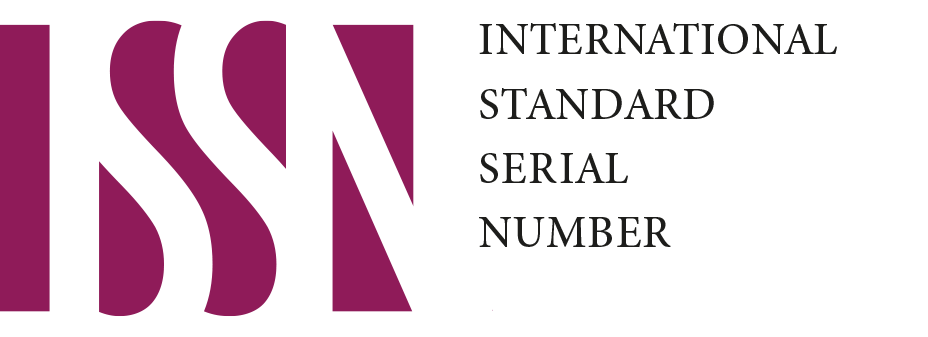Ethical Statement
Ethical Statement
Publication Policy Agreement
As part of the submission process of the articles submitted to Faith and Discovery, the authors are required to check off their submission’s compliance with all of the following items, and submissions may be returned to authors that do not adhere to these guidelines.
- The submission has not been previously published, nor is it before another
journal for consideration (or an explanation has been provided in Comments to
the Editor). - The submission file is in Open Office, Microsoft Word, or RTF document file
- The text is single-spaced; uses a 12-point font; employs italics, rather than
underlining (except with URL addresses); and all illustrations, figures, and tables
are placed within the text at the appropriate points, rather than at the end. - The text adheres to the stylistic and bibliographic requirements outlined in the
Author Guidelines. - Furthermore, the manuscript contains nothing that is abusive, defamatory,
libelous, obscene, fraudulent, or illegal.
If I send the same article to any other publisher within or outside the country, I
will let you know in anticipation which will be considered as my voluntary
withdrawal from the Faith and Discovery.
Our guidelines are fully consistent with the COPE Principles of Transparency and Best Practice Guidelines and the COPE Code of Conduct. More details can be found here: https://publicationethics.org
We encourage the best standards of publication ethics and take all possible measures against publication malpractices. We abide by a strict ethical code of conduct to maintain transparency, merit and high-quality research.
Duties and Responsibilities of Editors
We at FAITH AND DISCOVERY constantly strive for improving the quality and integrity of the journal, catering to the needs of authors and readers, encouraging academic debate, on contemporary issues. The editors accept an obligation to apply best will and practice to cope with the following responsibilities:
Editorial Board
Editorial Team consists of recognized experts in the field. The editor may provide full names and affiliations of the members as well as updated contact information for the editorial office on the journal webpage.
Publication Decisions
The editor is responsible for deciding which of the articles submitted to the journal should be published. The validation of the work in question and its importance to researchers and readers must always drive such decisions. The editor may be guided by the policies of the journal’s editorial team and constrained by such legal requirements, copyright infringement and plagiarism. The editor may confer with other editors or reviewers in making this decision.
Procedures for dealing with unethical behavior
Unethical behavior may be identified and brought to the attention of the editor and publisher at any time, by anyone. Whoever informs the editor or publisher of such conduct should provide sufficient information and evidence in order for an investigation to be initiated. All allegations are taken seriously and treated in the same way, until a successful decision or conclusion is reached. Every reported act of unethical publishing behavior must be looked into, even if it is discovered years after publication.
The editor takes reasonably responsive measures when ethical complaints have been presented concerning a submitted manuscript or published paper, in conjunction with the publisher. Such measures will generally include contacting the author of the manuscript or paper and giving due consideration to the respective complaint or claims made, but may also include further communications to the relevant institutions and research bodies, depending on the misconduct seriousness.
Minor misconduct might be dealt with/without the need to consult more widely. In any event, the author is given the opportunity to respond to any allegations.
Serious misconduct might require the application of one or more of the following measures:
- Informing or educating the author or reviewer where there appears to be a misunderstanding or misapplication of acceptable standards.
- Publication of a formal notice detailing the misconduct.
- A formal letter to the head of the author’s or reviewer’s department or funding agency.
- Formal retraction or withdrawal of a publication from the journal, in conjunction with informing the head of the author or reviewer’s department
Imposition of a formal embargo on contributions from an individual for a defined period.





